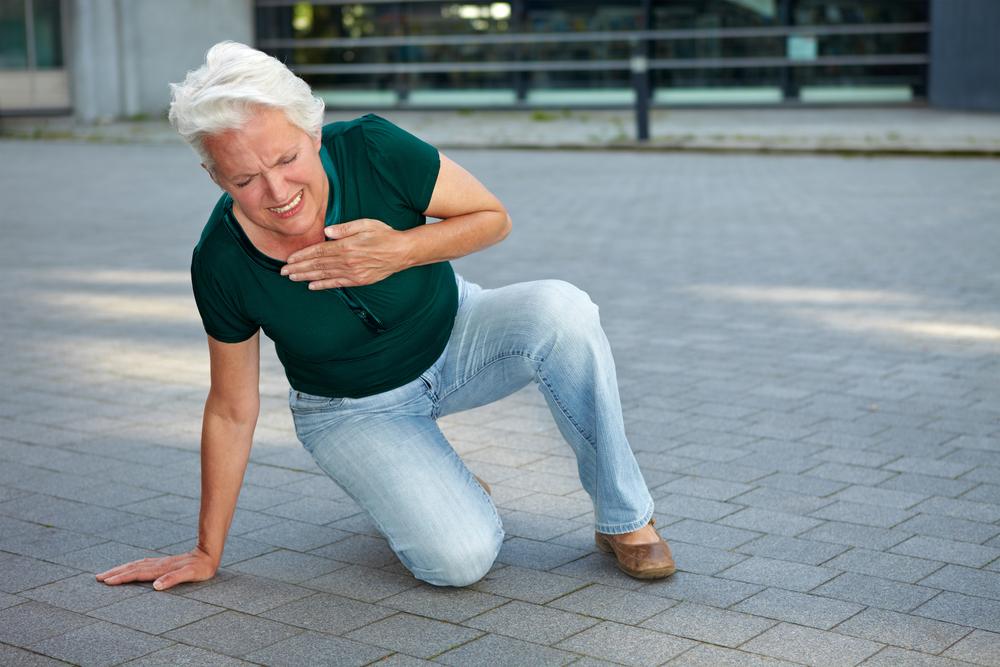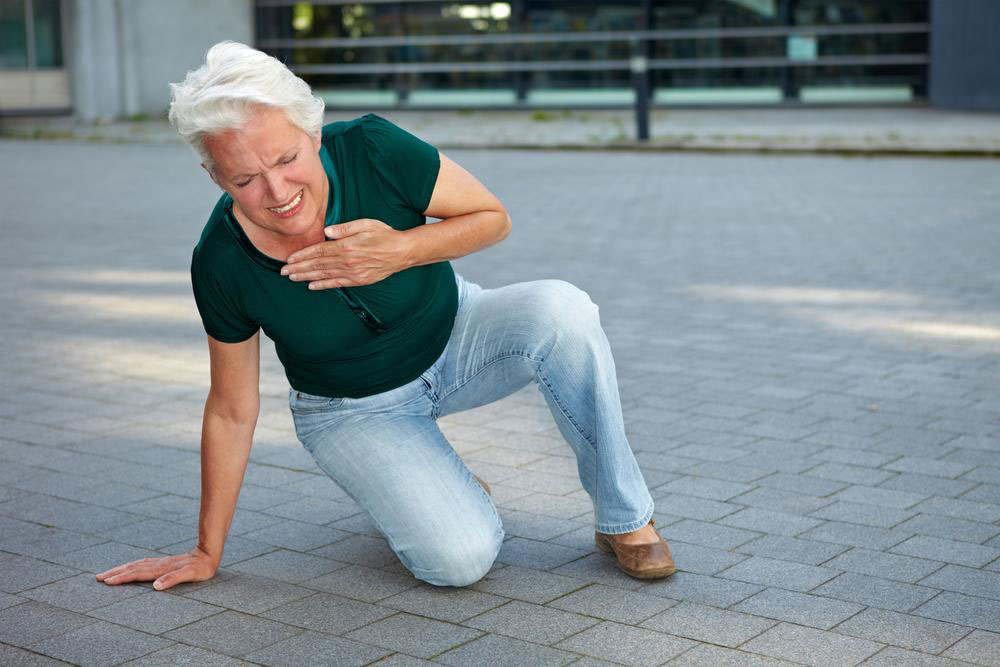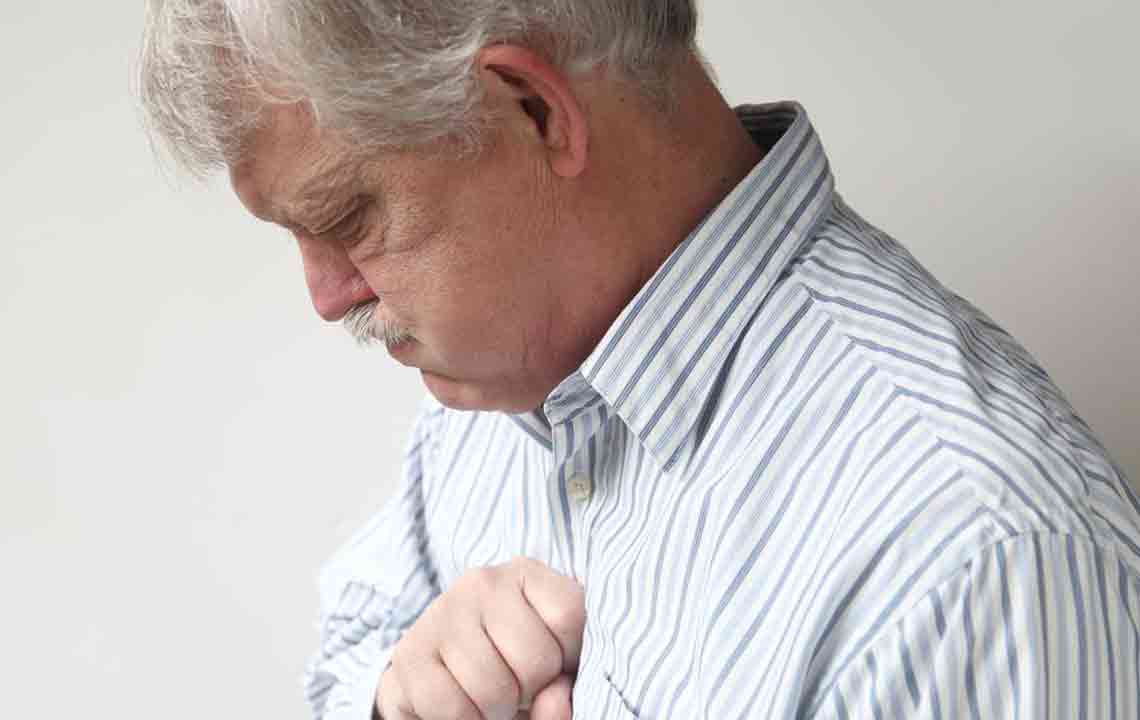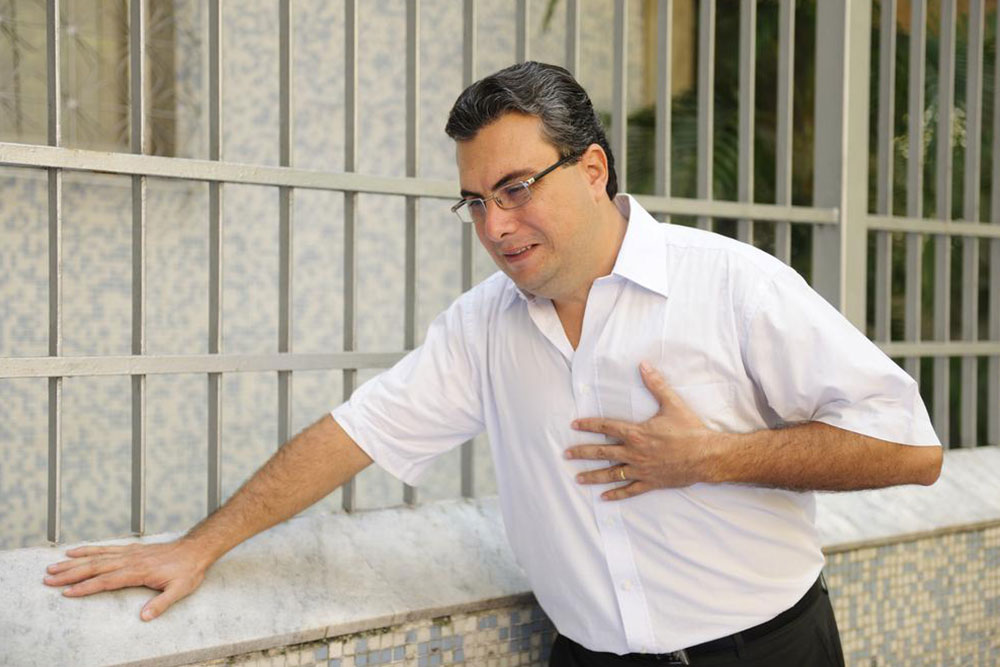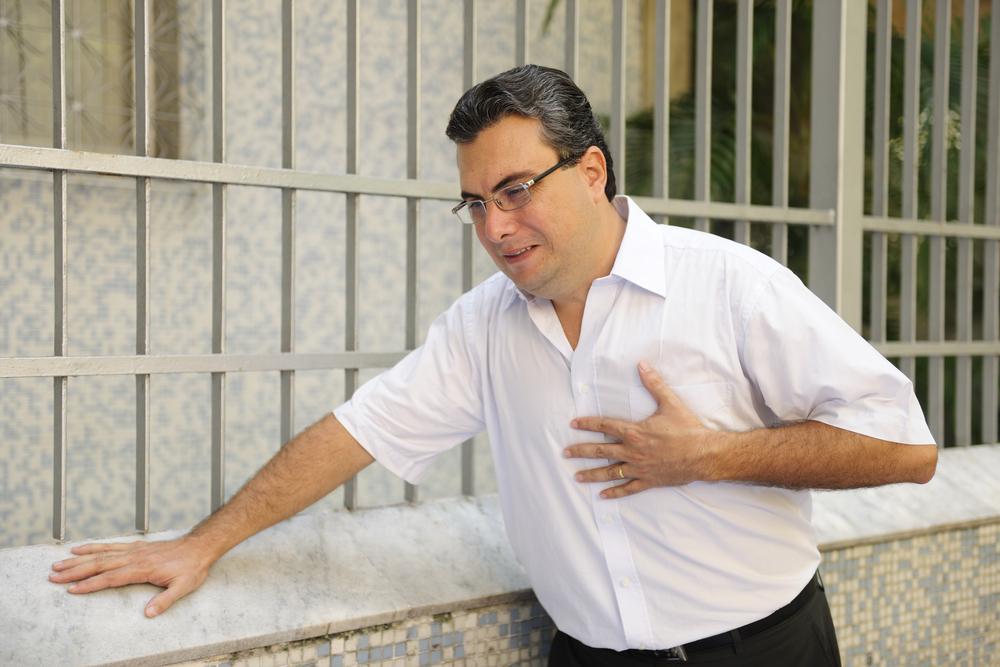Early Warning Signs of Stroke: A Comprehensive Guide to Recognition and Prevention
This comprehensive guide details how to recognize early signs of stroke, including symptoms, causes, and emergency procedures. Emphasizing the importance of timely intervention and lifestyle changes, it aims to educate readers on prevention and prompt action to reduce stroke-related brain damage and save lives.
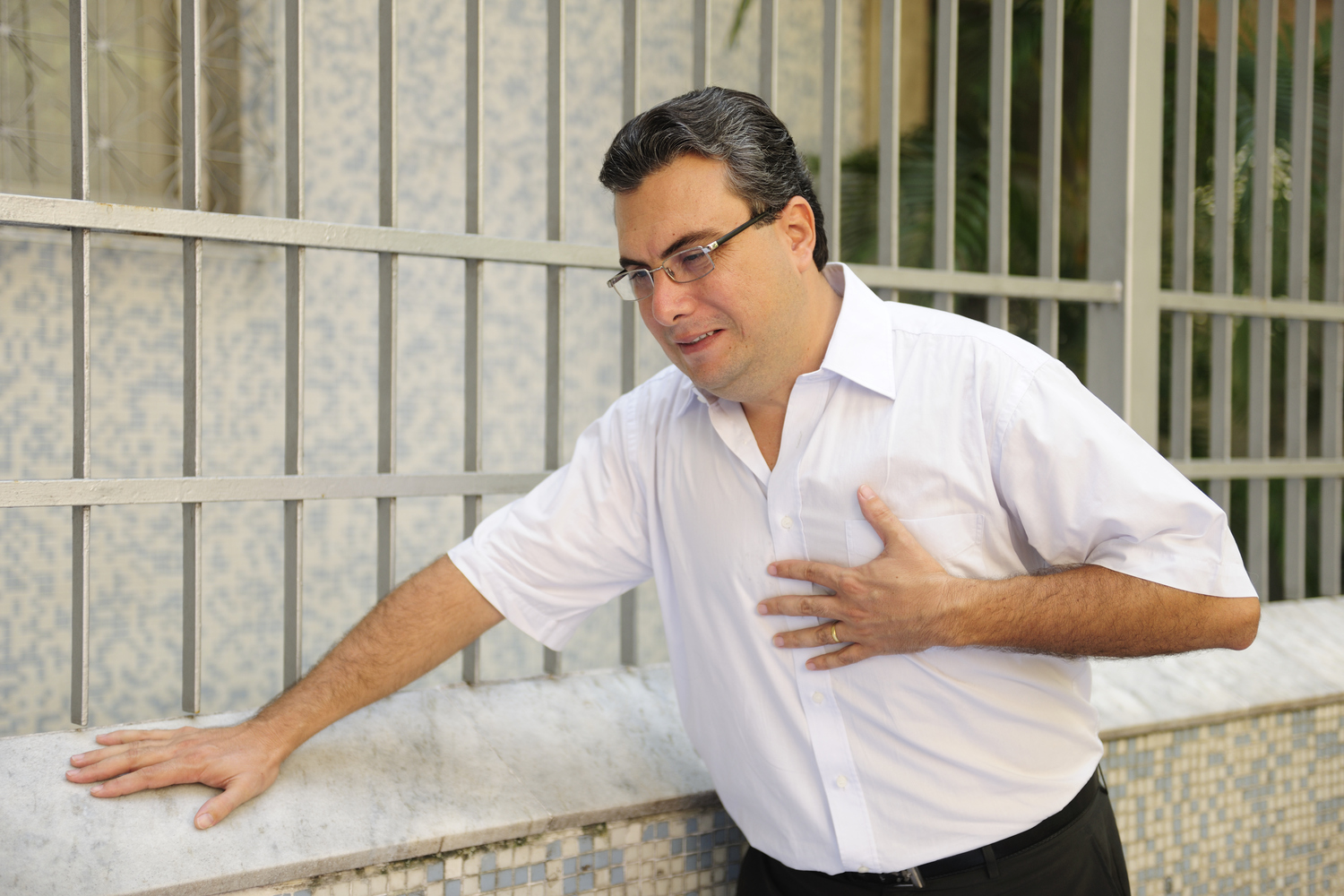
Understanding the Signs and Symptoms of Stroke You Need to Know
The brain is a highly demanding organ, consuming approximately 20% of the body's oxygen supply, which it cannot store internally. It relies on a constant and uninterrupted blood flow to function correctly. Any interruption or reduction in blood supply lasting more than a few minutes can lead to severe consequences, including brain cell death or loss of function, which culminates in a stroke. Recognizing early symptoms of stroke is essential for timely medical intervention, which can drastically reduce the extent of brain damage and improve recovery prospects.
What Are the Causes of Stroke?
The human brain controls a multitude of vital functions such as breathing, vision, speech, movement, digestion, and cognition. To support these functions, it relies on an intricate network of arteries and blood vessels that deliver oxygen-rich blood. When these vessels are compromised, either by blockage or rupture, the brain's oxygen and nutrient supply diminishes or ceases, leading to a stroke. Understanding the underlying causes helps in prevention and early detection.
Common Signs and Symptoms of Stroke
Approximately 85% of strokes are ischemic, caused by blood clots or plaque buildup obstructing blood flow to parts of the brain. Recognizing these signs early is crucial. Typical symptoms include:
Sudden, intense headache with no apparent cause
Weakness or paralysis on one side of the body
Numbness or loss of sensation on one side
Facial drooping or asymmetry
Difficulties in speaking, understanding speech, or confusion
Visual disturbances such as blurred vision or complete loss of vision in one or both eyes
Difficulty walking, loss of balance, or coordination issues
If not treated promptly, these symptoms can rapidly worsen, leading to irreversible brain damage or death. Recognizing the warning signs and acting swiftly is life-saving.
Prompt medical attention plays a vital role in reducing the long-term effects of a stroke.
Understanding Mini-Strokes (TIA) and Their Significance
A transient ischemic attack (TIA), often called a mini-stroke, presents similar symptoms to full-blown strokes but lasts only a few minutes to an hour, with no permanent damage. TIAs occur when a temporary blockage in an artery disrupts blood flow but quickly resolves. While symptoms disappear quickly, a TIA is a critical warning sign indicating a higher risk of future, more severe strokes.
Common TIA symptoms encompass facial weakness, speech difficulties, vision changes, dizziness, vertigo, and loss of balance. Immediate medical evaluation after a TIA is crucial for stroke prevention, as it provides an opportunity to implement protective measures.
Other Variants of Stroke and Their Unique Symptoms
In addition to ischemic strokes and TIAs, there are several other types of strokes, each with distinct causes and clinical features:
Hemorrhagic stroke: Bleeding within the brain tissue due to ruptured blood vessels, presenting with severe headache, nausea, vomiting, fainting, confusion, and light sensitivity.
Brain stem stroke: Impaired blood flow at the brain's base, leading to symptoms like double vision, difficulty speaking, weakness or paralysis in limbs, and breathing difficulties.
Cryptogenic stroke: Cases where the cause remains unknown despite extensive testing, but symptoms mimic other stroke types and require thorough investigation.
The FAST Method for Rapid Stroke Recognition
The FAST acronym provides a simple yet effective way to recognize potential strokes quickly:
Face drooping: Ask the person to smile and observe if one side sags or appears uneven.
Arm weakness: Instruct them to lift both arms; watch if one drifts downward.
Speech difficulties: Have them repeat a simple sentence to check for slurred or incoherent speech.
Time to call emergency services: If any of these signs are present, dial 911 immediately.
Early detection through awareness of these signs can considerably improve treatment outcomes. Alongside recognizing symptoms, maintaining a healthy lifestyle—controlling cholesterol, blood pressure, blood sugar levels, engaging in regular exercise, and avoiding smoking—can reduce the risk of stroke.
